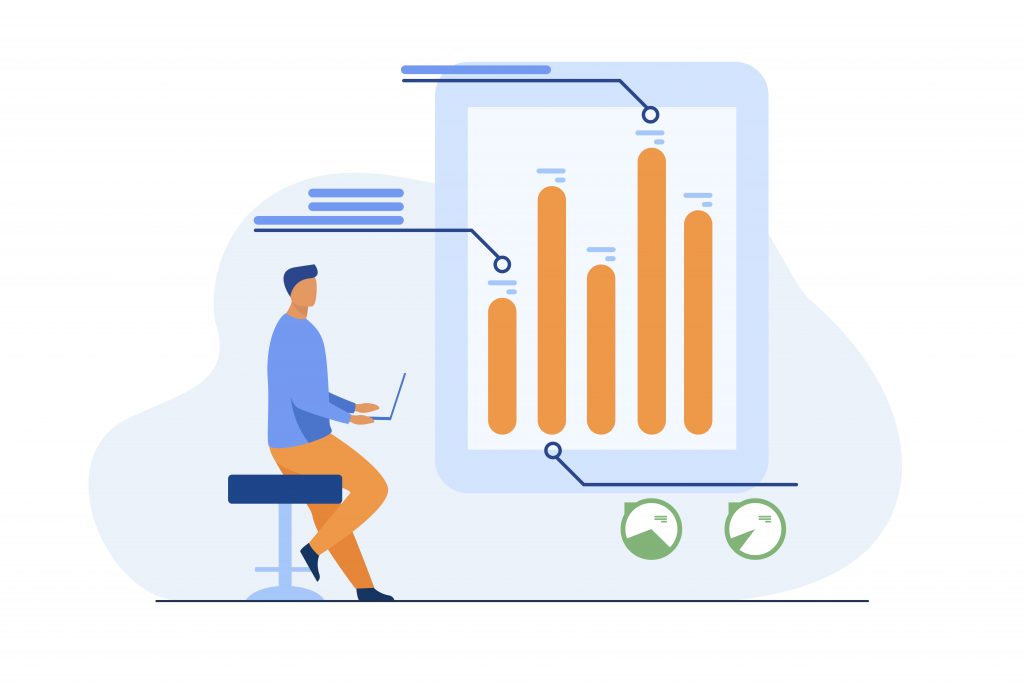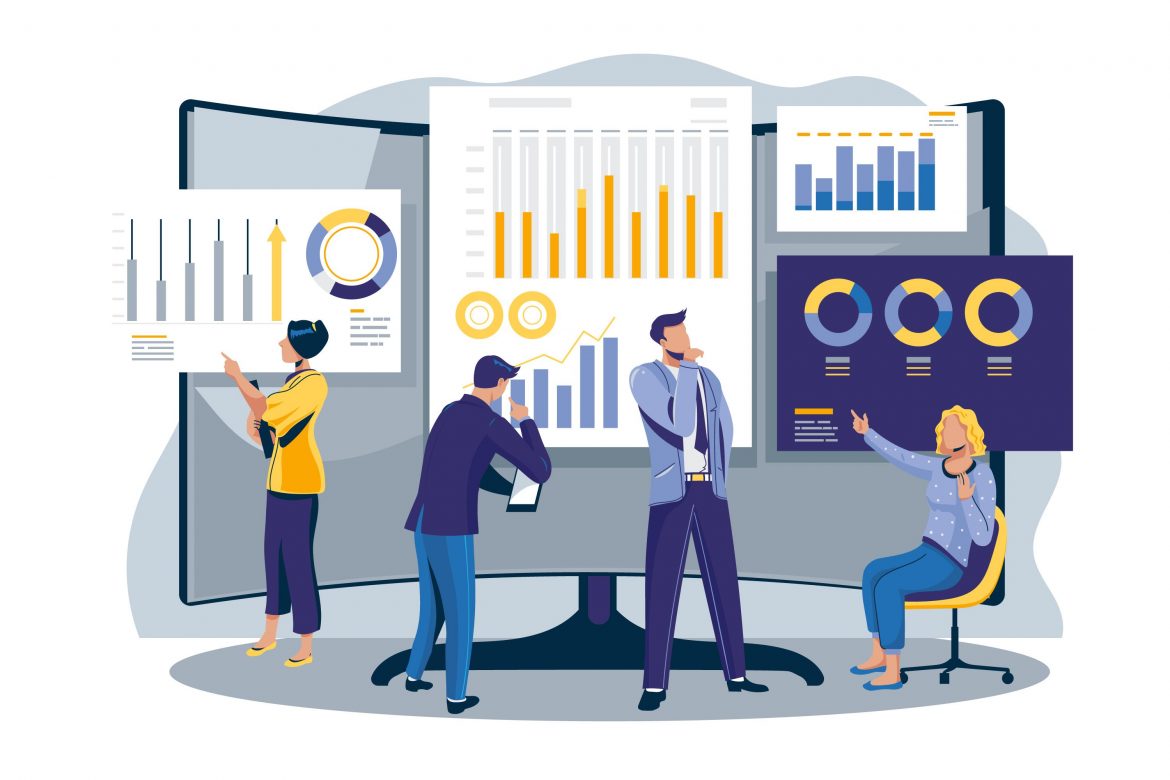A forecast category is the category within the sales cycle to which an opportunity is assigned based on its opportunity stage. The standard forecast categories are Pipeline, Best Case, Commit, Omitted, and Closed
What is the Forecast Category in Salesforce?

Salesforce offers its users a predictive way to view the future sales movements of their organization. This is done through Customizable Forecasting. Forecast categories are used in this process, and here we are going to define what these categories are.
The Forecast Category field in Salesforce classifies each sales opportunity in terms of the salesperson’s confidence in winning the deal in a given period.
This classification is different from the opportunity stage field, which describes the pipeline in terms of the current position in the sales process.
The Forecast Category on each deal is often set by the opportunity stage. However, here’s the important thing.
Opportunity owners can adjust the Forecast Category on each opportunity based on how likely they think the deal is to close successfully. They can do this without changing the stage of the opportunity.
Defining Forecasts and Forecasting Categories
Forecasts are a type of data that represents opportunity stages, dates and amounts. Forecast amounts are listed alongside their corresponding forecast categories.
Forecast categories define the predictive actions that could happen to the opportunities listed on the Stage Name. Forecast categories work alongside Probability to provide an overview of how the stages of sales movements will come out. Here’s a list of the forecast categories used in Salesforce:
- Best Case – Best Case means there is work to do to advance these opportunities. Nevertheless, the sales deals are fully qualified, and the opportunity has an embedded Close Plan.
This category includes closed/won opportunity amounts, as well as amounts that are likely to get closed. Amounts in the Commit category also fall under Best Case.
- Commit – Included in this category are amounts that a user is confident about closing. This also includes closed/won opportunity amounts.
The Close Plan is going well on these opportunities. Commit means you are confident of a successful outcome, and only in exceptional circumstances do these opportunities slip from the current period. You can confidently rely on these opportunities in your sales forecast.
- Closed – Closed/won opportunities fall under this category. Closed opportunities are won. No further sales effort is required to clinch the deal or be sure of the sales revenue. Include all of the opportunities in Closed in the sales forecast for the month or quarter.
- Pipeline – Amounts from opportunities that are still open fall under this category. Only a small number of the opportunities in this category will close successfully within the current period. Pipeline means the customer is in the early stages of the buying process, and deals in this Forecast Category need developing further.
- Omitted – Amounts that will not contribute to the forecast are placed under this category.
Opportunities are set to be Omitted when they are Lost or qualified out. However, for reporting purposes, sometimes other opportunities, renewal deals, for example, are allocated to the Omitted category. The sales forecast excludes opportunities in the
Omitted category.
Reasons To Use Forecast Category Reports
Many companies that analyze the sales pipeline using the Close Date & Stage report also use Forecast Category reports.
Here are four reasons to use both in a Salesforce dashboard.
- When Salespeople must Commit
If your sales team already uses the Commit concept, the Forecast Category is an excellent way to report on those deals.
In other words, salespeople must identify the pipeline opportunities they are very confident will close within the period.
Many businesses find this is a powerful way of making sure deals don’t slip; salespeople have to go all-out to win the sale once they’ve placed an opportunity in the Commit category.
- Separating Process from Intent
The opportunity stage reflects your selling process. However, it says nothing about the customer buying process. Nor, indeed, does it indicate confidence in winning a deal.
Forecast Categories are a way to abstract the opportunity from the sales process.
Doing this is possible because, unlike the opportunity stage, Forecast Categories reflect confidence by the salesperson in the intention of the customer.
Consequently, in funnel reviews, managers can examine the pipeline by sales process AND salesperson confidence.
- Communicating Upwards
In some companies, Board and executive reporting use Forecast Categories.
The Board gets the opportunity stage concept. However, they want to know what the sales team believes will happen.
Likewise, if you have different opportunity stages for different types of deals (for example, new sales versus renewals), this is also an excellent way to summarize sales forecast reports for the senior management team.
- Summarize Opportunity Stages
If you have more than four or five pipeline stages, then you might want to rationalize them.
Nevertheless, Forecast Categories are a way to make pipeline reports more readable and useful. That’s because each category can reflect several pipeline stages.
Likewise, if you are in the habit of changing opportunity stages regularly, then you need consistency in reporting. Forecast Categories are one way to achieve this.
Forecasting Category Considerations
In Customizable Forecasting, the Forecast Category and the Probability can be edited to change their values according to the specific business process it represents. But then, the Stages and the Status Category retains their original values. Changes will be visible in the reports, opportunity searches, list views, detail pages, and edit pages.
Forecasts always rely on how the values for the Opportunity Stage are mapped to the Opportunity and Forecast Category values. Opportunity Stage picklist values are automatically mapped to both their corresponding Probability and Forecast Category values. If the values under the Stage are edited, the values under their respective Probability and Forecast category will also be changed.
In summary, forecast categories is a great tool to determine if an opportunity does have a chance to play well in your particular business process. Categories foretell how well an opportunity behaves during the sales cycle, alongside Stages and Probability rates.



